15 Reasons I Drive an Electric Car
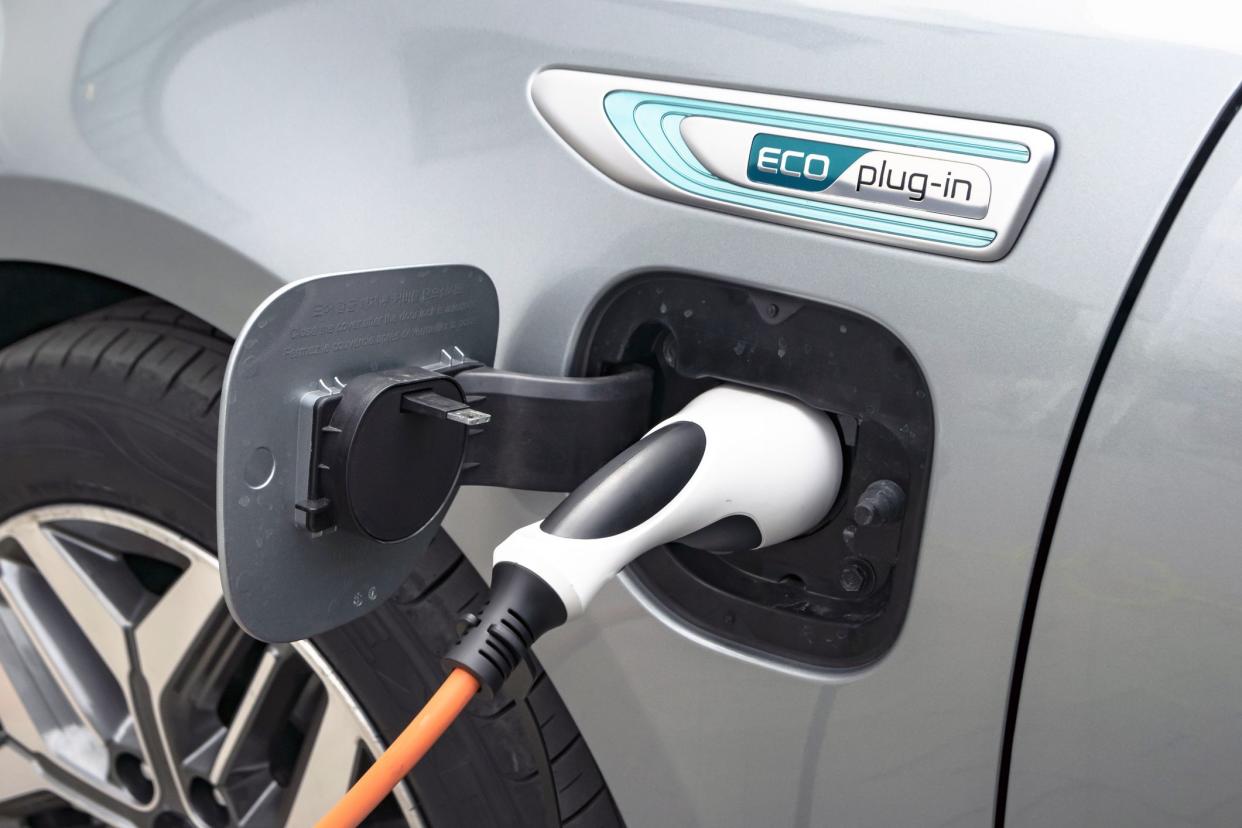
With the news that Pennsylvania State University researchers have found a way to slash electric vehicle charging times by more than half, it's getting easier for people to jump onto the EV car trend. Still, only 5% of new cars bought are electric. Here are 15 of the reasons why I love my Prius Prime electric hybrid (and my husband's Tesla).
Related: The Most Popular Used Electric Vehicles

Being an early(ish) adopter of plug-in hybrid technology paid off for me, because I was able to get tax credits from the federal government ($4,500) and state of California, where I live ($1,500). These credits brought the cost of my car down by $6,000 — and when I looked at cars I could buy for $6,000 less, they were smaller, had fewer features, or had bad to so-so reviews. The good news? The federal tax credit and California credits are still available, and even higher for fully electric cars, though if you make more than $135,000 (or $200,000 filing jointly) you do not qualify. The cap on the retail price has changed also, to $45,000 for sedans and $60,000 for SUVs. (So forget Teslas.)
Related: Electric Cars Cheaper Than a Tesla
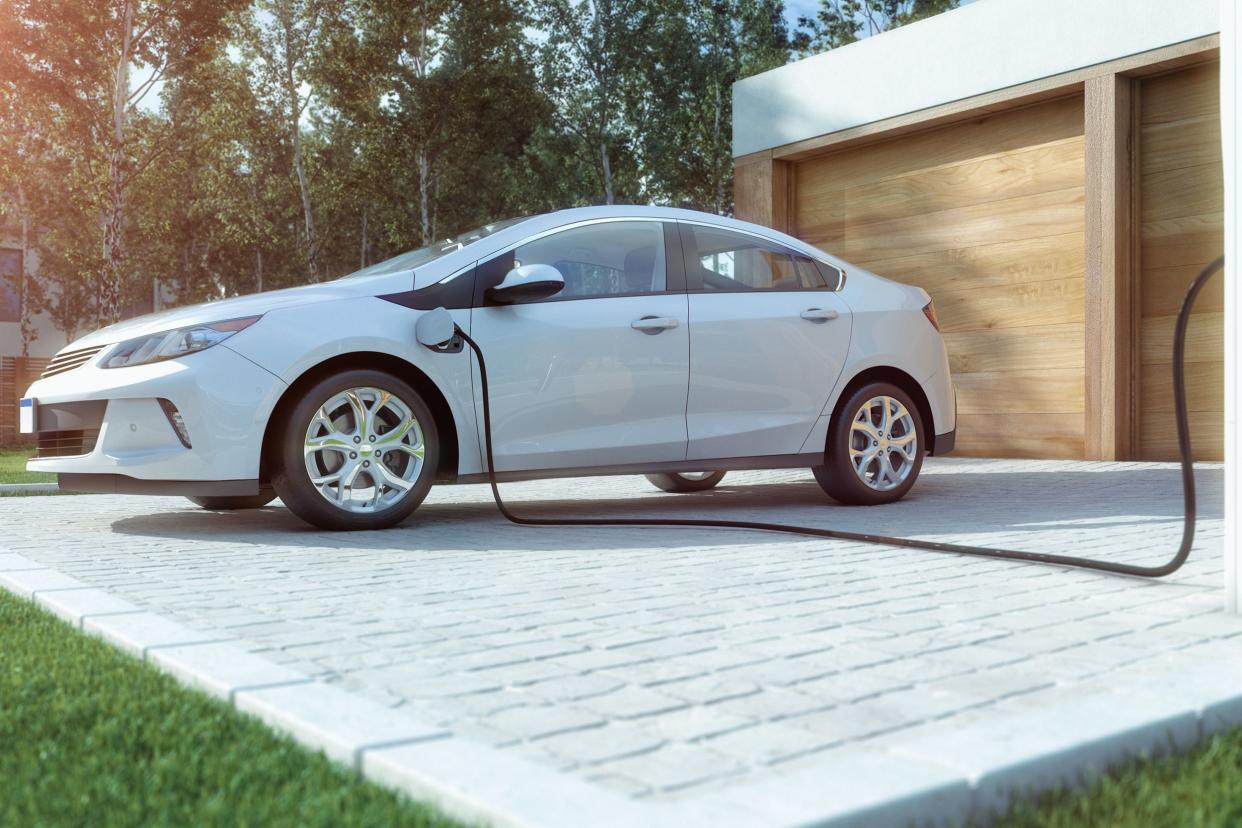
My power company encourages electric-car buying by offering a rebate for installing a meter in the home. While paying an electrician to install the meter can cost more than the meter itself (and that doesn't include the expense of upgrading the electrical panel, if necessary), the power company covered $500 of my meter costs. The program giving a discount for charging the car in off-peak hours went on hold during the pandemic, but I'm hoping it returns. While different states have different offers, it's worth exploring wherever you live.
Related: Every Electric Truck and SUV on the Market – and More Expected Soon
https://blog.cheapism.com/electric-trucks-and-suvs/

In the first year that I had my electric hybrid — which uses an electric motor and gas-powered engine — I went to the gas station just four times (and the first time was because the dealership forgot to charge my car when I bought it). It's one less thing I have to do during the week, and gas stations have never been my favorite hangout. When I do get gas, at least it's a quick visit: My car's gas tank is only 11.4 gallons. And when I'm driving my husband's Tesla, I don't go to the gas station at all.

Figuring out the PEF (Petroleum-Equivalent Fuel Economy Calculation) for an alternative-fuel car is a hassle — and every time electricity prices or gas prices change, you have to start over. But even when I crunch the numbers conservatively, I find that if I instead had a fully gas-fueled car it would need to get more than 65 miles to the gallon to be cost effective (assuming the cost of gas and the cost of electricity stayed static). Also, compared with the regular hybrid (non-plug-in) version of my car, the EPA says the plug-in saves an owner more than $750 over five years to run for 15,000 miles. If you're trying to sort out the real cost of an EV car vs. one that uses gas, consider using this Department of Energy calculator.
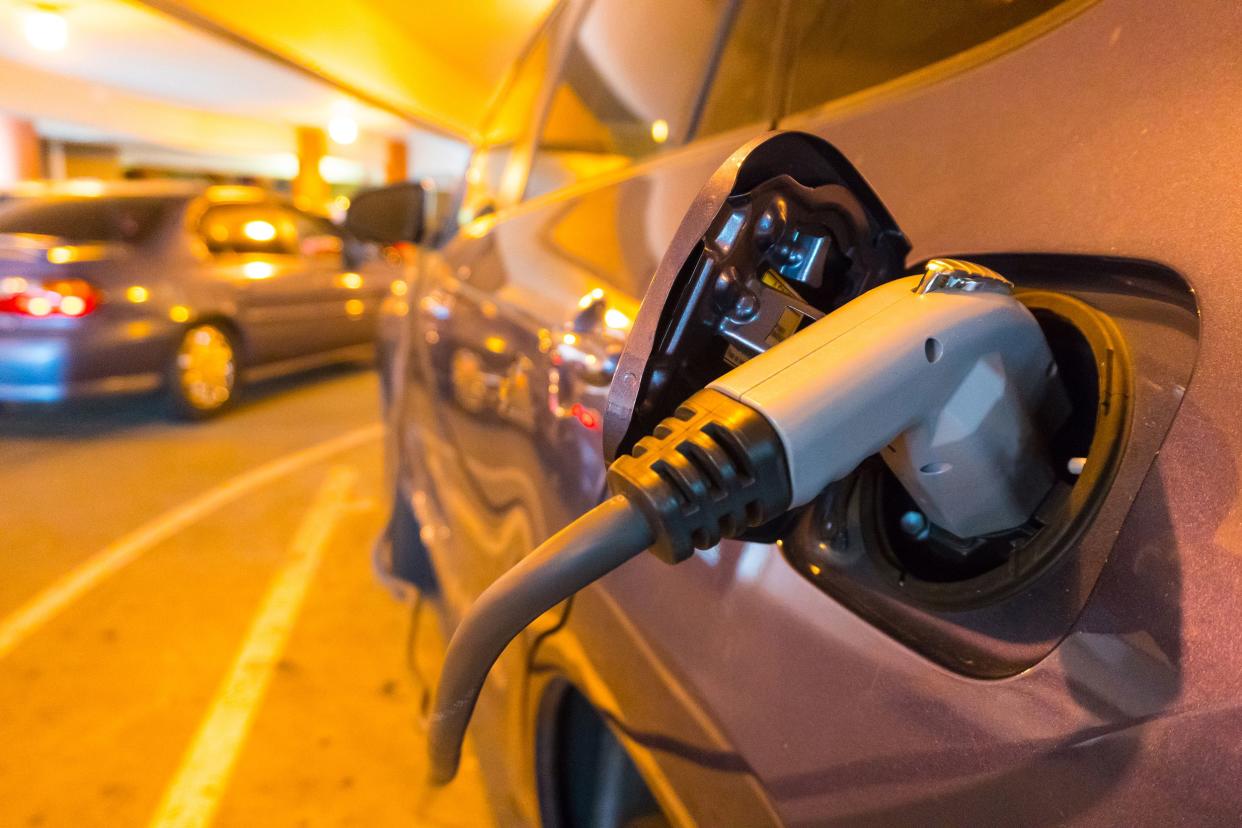
My initial concern about choosing an electric car (and why I was fine with it being a gas hybrid) was that I might run out of juice before finding a place to recharge. I shouldn't have worried. While I haven't tackled a major road trip, I've found charging stations popping up at the library, the Los Angeles Zoo, the Costco parking lot, and other places I visit. While it can be a hassle to make sure I've downloaded each of the many charging systems to my phone, once I have, all I need to do is plug in. Best of all? Some are free.

When the Prius first came out, many people commented on how it snuck up on unsuspecting pedestrians in parking lots — and the plug-in electric version, the Prius Prime, is just as stealthy. On the rare occasions when the gas engine kicks in, I'm always startled by how loud it seems — and how tempted I am to turn up the radio. I may have already ruined my hearing other ways, but at least I can't blame my car anymore.
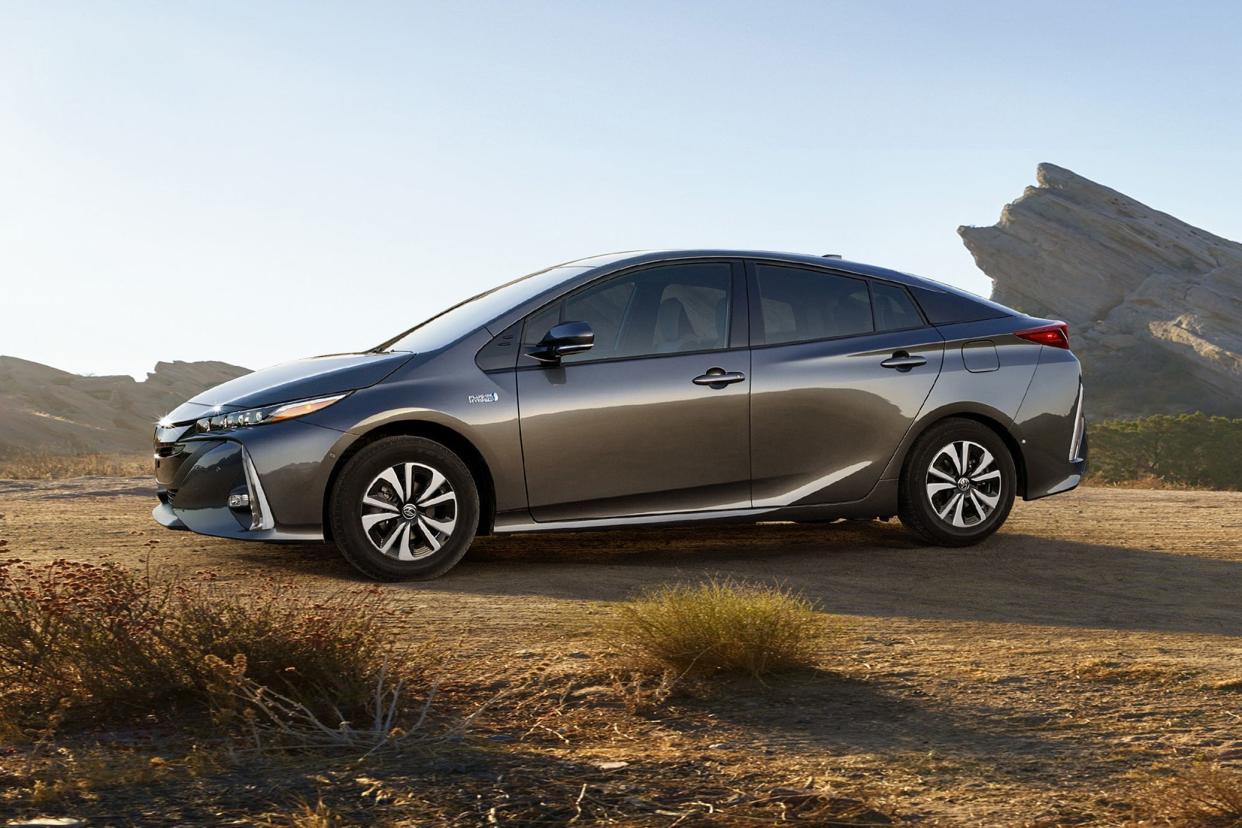
Not to sound like a typical girly-girl, but after price, my first consideration when looking at cars is whether I like the way it looks. Mine is sporty, has room in the backseat for passengers (and all their stuff), has a great GPS system, and starts with a push button. Driving a green car doesn't mean you have to choose a car that's humdrum. Of course, the family Tesla is cooler (and you can play games on the center console).

While this isn't a perk offered in every state, or even to every electric car driver in my state, I got one of a limited number of HOV stickers that allow me to drive in the carpool lane — even when I'm alone in my car. Given that the “high-occupancy vehicle” lane is often empty during rush hour, it's a great perk that saves time when I need it most.

When you get into comparing plug-in electric cars vs. hybrids vs. regular cars, pricing gets very complicated, very fast. My previous car was a hybrid by the same maker, and the price differential between a new version of that car and a plug-in was less than $4,000. I knew spending a little more buying the car would be made up in gas savings and tax breaks. I also knew my relatively short daily commute was a good fit for my car. The price of a plug-in or all-electric usually goes up the longer its range, and I was able to keep my initial outlay of cash relatively low by buying only what I needed. While the Tesla wasn't as cheap as some other EV models, it's less expensive than many other luxury sedans.
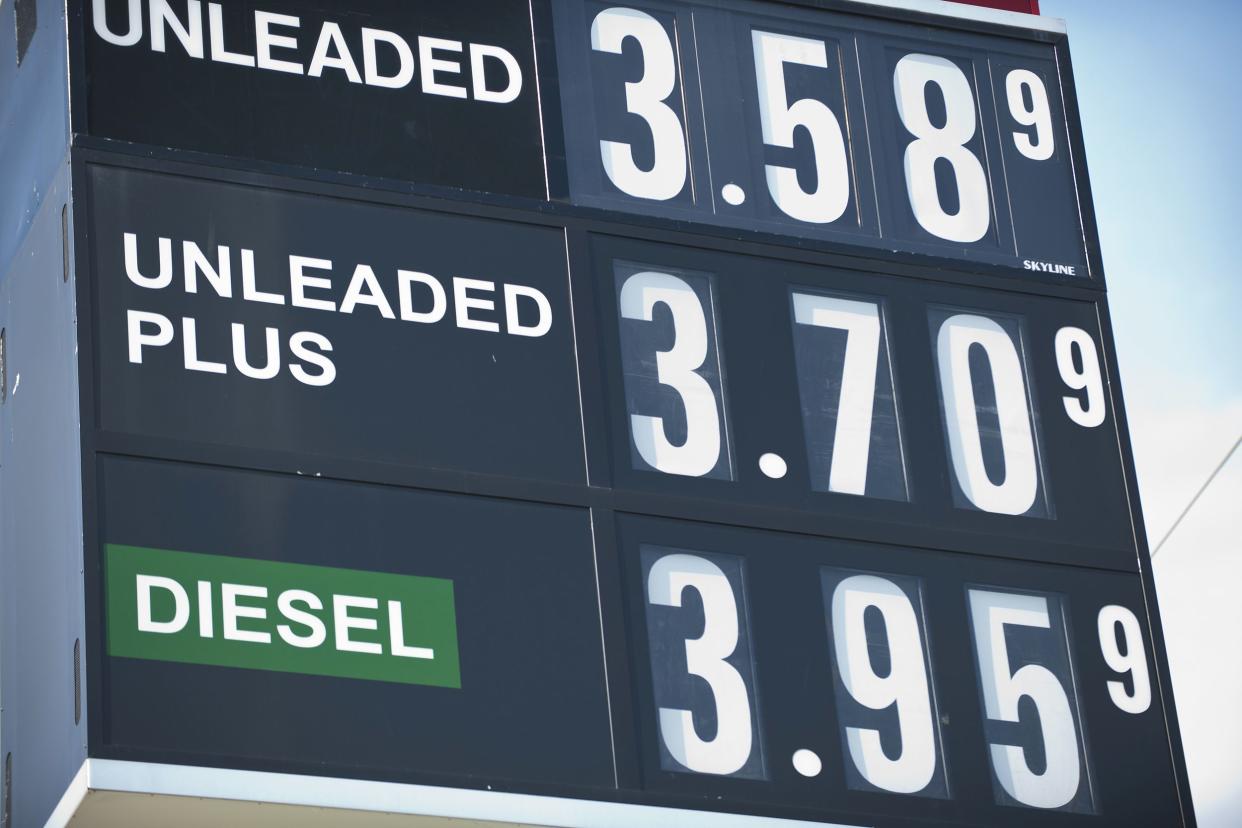
I sometimes spot headlines about oil prices surging, meaning higher prices at the pump or new gas taxes that will be felt in the pocketbook. When you get gas so infrequently, it doesn't have as much impact. Also, while electricity prices fluctuate, they're relatively stable — especially compared with gasoline.

While an internal combustion engine produces emissions from the tailpipe as well as through evaporation and the fueling process, a plug-in hybrid electrical vehicle has zero tailpipe emissions in all-electrical mode. My power company also gives me the option of choosing to buy exclusively green power (electricity generated only from renewable sources). While it's impossible not to leave a footprint on the environment, it's great to feel like you're not adding to the smog cover.

You don't have to drive a Tesla to get a smooth ride and fast acceleration. Electric motors are able to provide a lot of torque very quickly, even if other electric cars can't quite match the Tesla Roadster's lightning-fast speed of zero to 60 mph in 1.9 seconds. One drawback: Pedestrians usually don't hear your car, which can cause some jump scares when they realize you're right behind them. Another drawback? Some people get motion sickness in the Tesla that they don't experience in other cars (if I'm in the passenger seat, that includes me).

Because I've made other adjustments to be more energy efficient, my electric bill hasn't gone up dramatically — even though I plug in my car every day and my husband charges his every few days. I also take advantage of free charging stations when I find them (there's more than one app for that).

Because hybrid cars have fewer moving parts and regenerative braking, there's little regular maintenance (and it's usually just to replace a filter). Replacing the battery of the car would be pricey, but these are meant to last the life of the car, and some brands have multiyear warranties — and a few states even cover the battery pack for 10 years as well as hybrid-related components for 15 years.
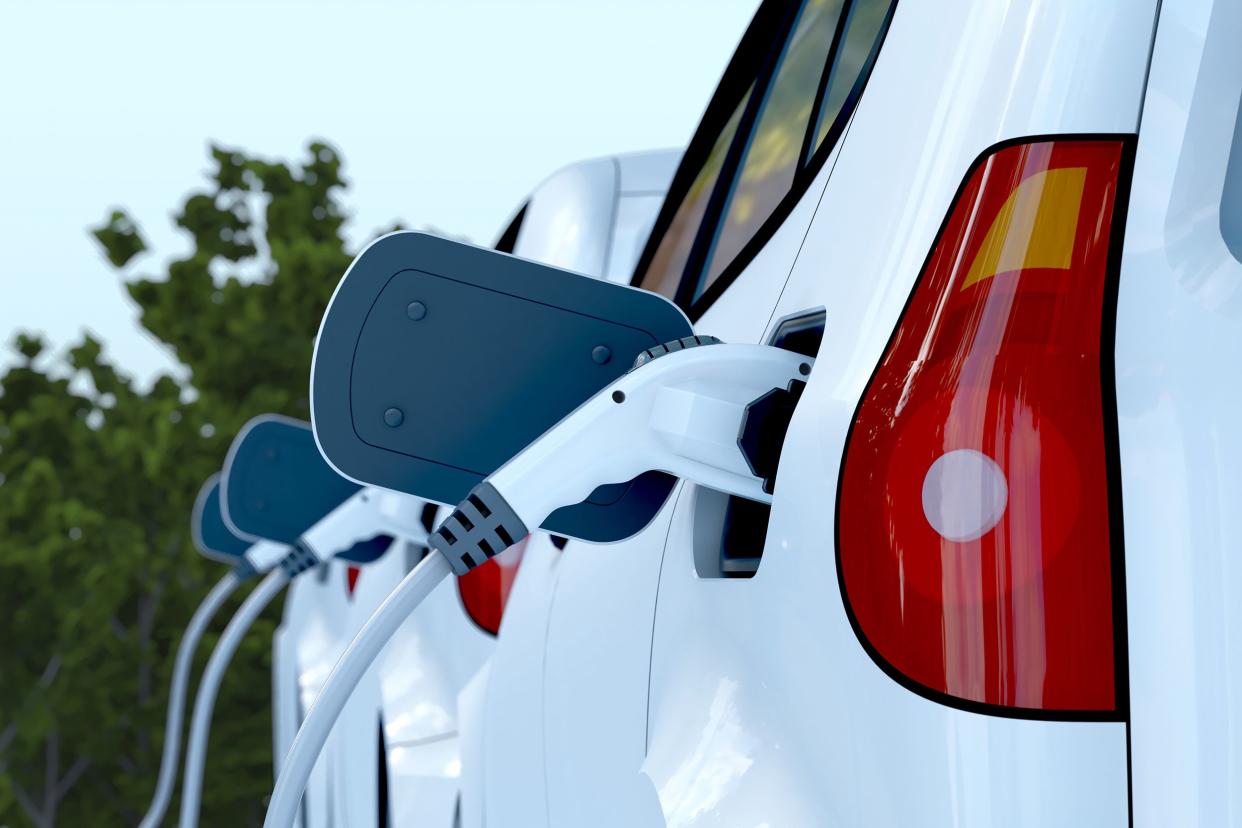
I felt taking a risk on a plug-in electric car became easier when I was able to buy one made by a brand I'd bought before and found to be very reliable. I drove my previous hybrid for 10 years with nary a glitch, so I feel pretty sure the battery won't conk out in a year or two with this car. Given that, thanks to tax refunds and other incentives, I'll end up paying less for this car than if I'd bought a less-expensive car from a brand that doesn't have a sterling reputation, I think I'll be plugging in reliably for years to come. As for our Tesla, I'm reassured by the fact the car gets software updates regularly. And I'm definitely not alone on the road, given the brand's popularity.

50 Classic Family Cars of the Past 50 Years
https://blog.cheapism.com/classic-cars/
Like Cheapism's content? Be sure to follow us.
